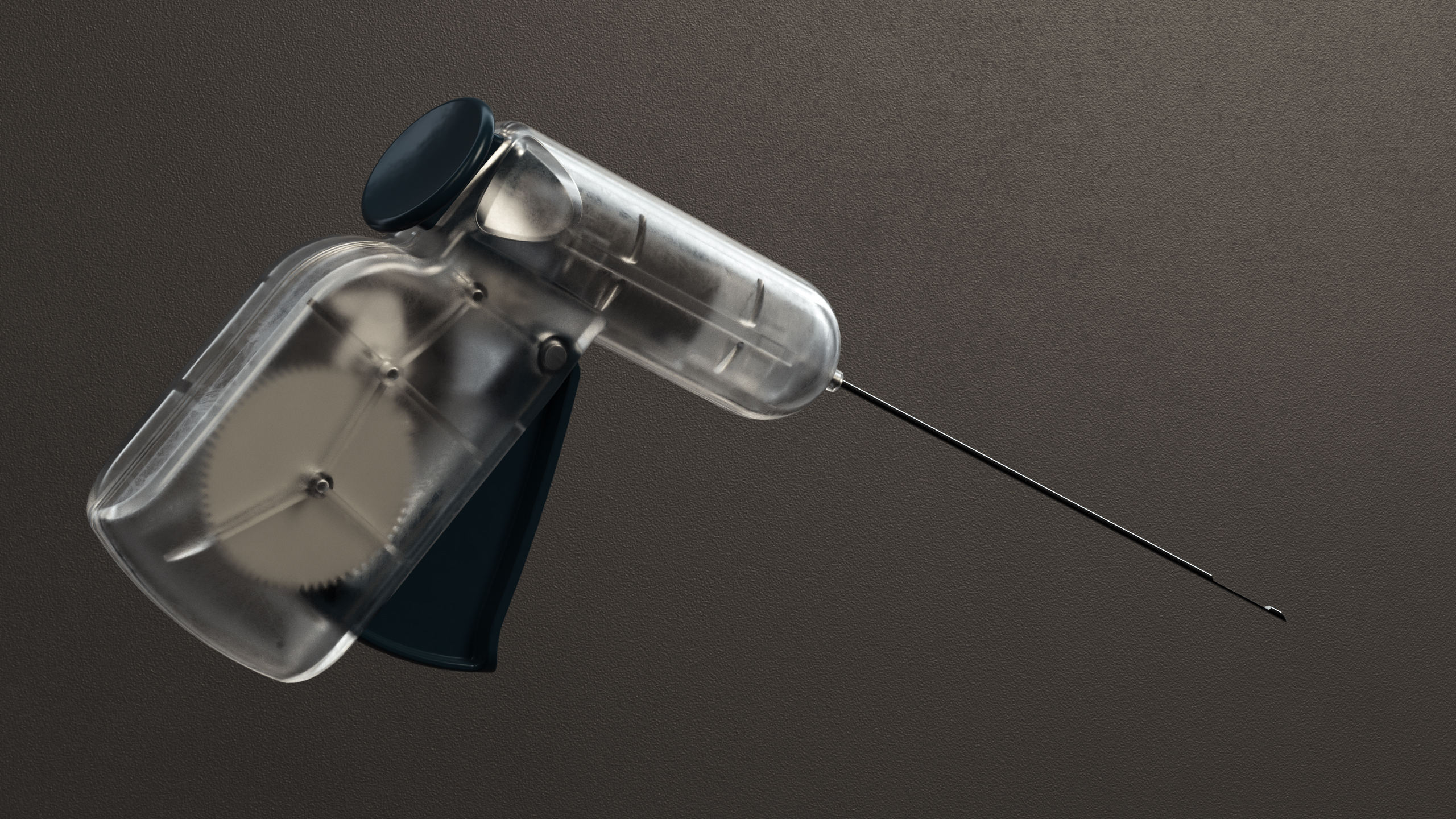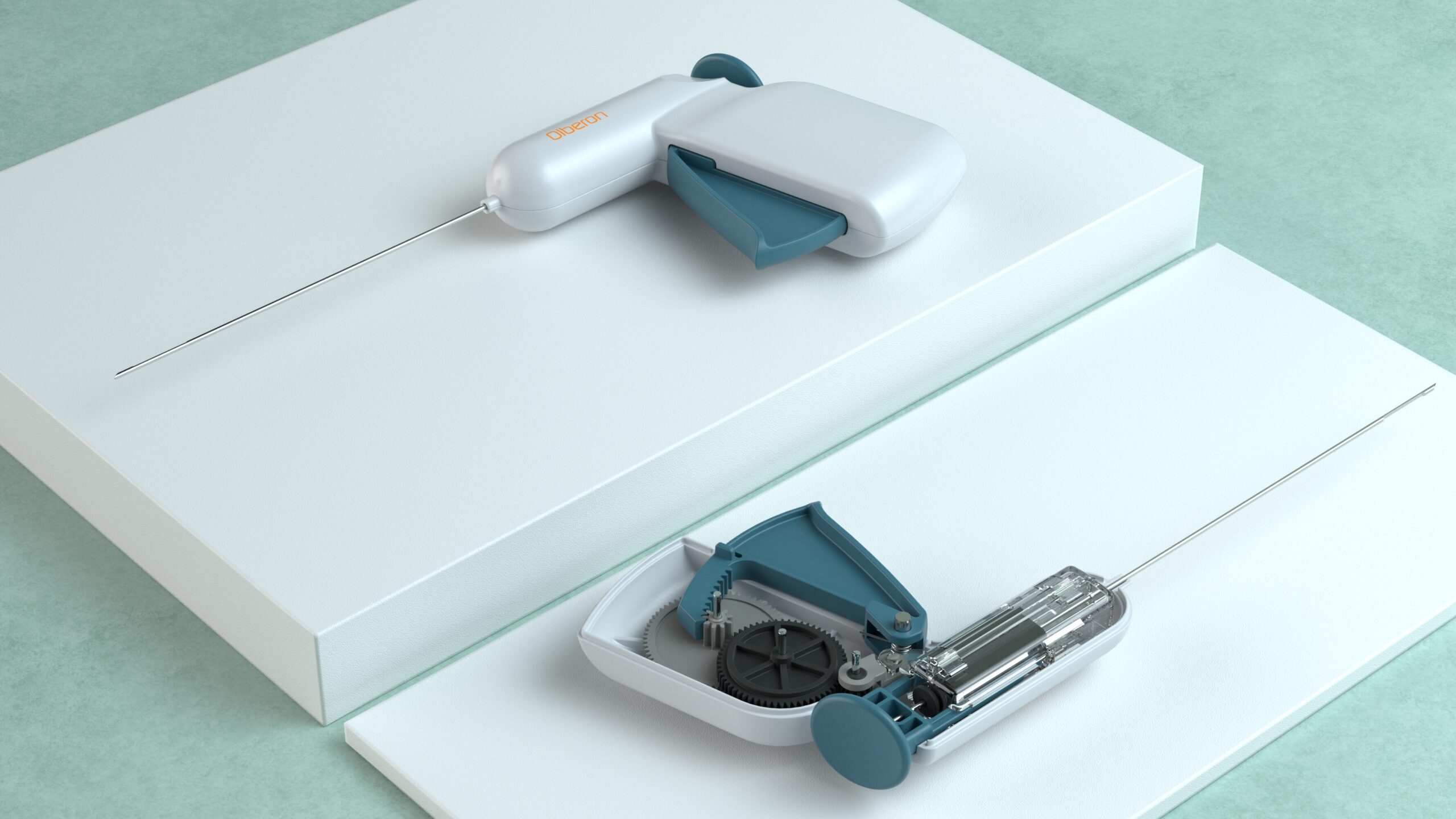How Industrial Design Consultants help with Medical Product Development

Involving industrial design consultants in the development of medical devices is a crucial part of any product development but especially in the Medical sector. They act as the delivery partner for your product development and help deliver the project successfully that serves end users.
Table of Contents
Unfortunately in the search for advancements medical device manufacturers may unintentionally create barriers of connections. It’s not due to neglect or lack of concern; rather it’s because the relentless pursuit of innovation and engineering excellence often takes precedence. In an industry driven by science and technology the importance of design for enhancing user experience may sometimes be. Considered too late in the device development process.
Form and Function in Medical Device Design
The convergence of aesthetics and functionality is at the core of design shaping the success of devices. This is where form meets function to create devices that’re not just visually appealing but also function seamlessly. Achieving this balance requires consideration, between design elements and ensuring medical effectiveness. In this domain design goes beyond appeal embodying the functionality and dependability that users not only need but deserve. Every contour, every interface, reflects a design approach that caters to both aesthetics and practicality.
Addressing Regulatory Hurdles through Innovative Design
Navigating obstacles necessitates a compliant design strategy. At Bluefrog Design, a product design consultancy specialising in medical device design we craft devices while considering these limitations not as barriers but as guiding principles leading us towards delivering a solution primed for market success.

Unveiling the Impact of Industrial Design on User Experience in Medical Devices
It’s usually a sign that your project may be deviating off track when the engineering team is deeply engrossed in development and someone suggests, “Is that how it will look in the end? Perhaps we should involve a designer to enhance its appearance?”
Once the designer intervenes they typically assess the engineering prototype. Present some sketches of what the final product could resemble so that engineering can proceed with their work. However these initial sketches aimed at defining “the look” often spark a discussion about user experience.
In reality industrial design and user experience go hand in hand. When someone requests a sketch what they truly desire is something significant. It’s not about creating an appealing design; it’s about making it intuitive, safe, efficient and meeting all the business requirements.
To avoid the situation where you’re left seeking feedback on a design that neglects user experience considerations it’s wise to think about the impact of design from the beginning of your project.
Core Principles of User Centred Design in Medical Technology
When venturing into the realm of developing MedTech Devices it is crucial to base every decision on user centred design principles. This goes beyond checking off boxes for functionality or aesthetics; it involves understanding the daily lives of those who will use the device. It involves questioning whether this design simplifies their routine. Brings comfort or adds complexity. These principles require us to create with empathy ensuring that our technology not fits into but enhances the users life.
Creating devices that communicate through care, practicality and accessibility aims to be, like a companion in the user’s work story. This approach moves us away from the mechanics of engineering towards a human centred experience.
Improving Patient Care Through Considerate Design
In the field of Medical design the goal extends beyond aesthetics or functionality; it’s about enhancing patient care. Every aspect from the device’s form to button placement is meticulously designed to elevate the patient’s journey ensuring they feel at ease and comfortable during moments. It involves blending technology with a focus on people striving to address patients’ fundamental needs with compassion and accuracy. This design philosophy isn’t about creating devices; it’s about curating moments that nurture and uplift patients making each interaction an opportunity for personalised and thoughtful care. By embracing designs we infuse empathy and comprehension into technology ensuring every user feels acknowledged and cared for.
Seamless Integration of Industrial Design into Medical Product Development
In the world of design teamwork is heavily required where every team member contributes a unique element to create a harmonious blend of form, function, user experience, comfort, marketing appeal, branding identity, sustainability and sales success. This collaboration of skills comes together to shape the design of medical systems – a task too monumental for any individual effort.
This highlights the importance of collaboration in design. It requires a mix of fields with the designer as the conductor. Picture this designer as the figure in a network gathering insights from a team including design researchers, UI/UX designers, engineers, branding experts and more – each bringing their own expertise to achieve a shared objective.
However not every industrial designer is. Desires to take on this coordination role. While some excel in overseeing strategy others thrive in tackling design challenges. Understanding a designer’s strengths is vital before involving them in any project.
Effective Collaboration Between Designers and Engineers
Collaboration between designers and engineers is essential, for creating products that are not only visually appealing but also function well.
When working as a team it’s important to communicate, share ideas and ensure everyone is on the page regarding the products functionality and appearance. When designers have some knowledge of engineering and engineers understand design principles they can tackle challenges effectively. Create user products that resonate with users. Collaboration is key, where every team member’s input is valued and contributes to making the product the best it can be.
Steps and Checkpoints; A Guide to Seamless Integration
Collaboration between designers and engineers plays a role in developing successful products. This partnership relies on communication, shared goals and mutual respect for each other’s expertise in their fields. By collaborating from the beginning of a project designers can ensure that aesthetics align with technical limitations faced by engineers. Likewise engineers can offer insights to enhance the feasibility of designs. Successful collaboration entails meetings, problem solving sessions and leveraging each other’s strengths to innovate and refine product designs. This cooperative approach does not only just streamline the development process, but also results in more innovative user friendly products that meet technical standards.
Conclusion
Opting for Bluefrog Design for your medical product development guarantees you’re partnering with an industrial design team that truly comprehends how to create visually appealing products.
We are well aware of the guidelines governing devices and the crucial aspect of creating products that users genuinely appreciate. Our approach emphasises teamwork involving designers, engineers and other essential team members to ensure that your product functions as intended, safely and efficiently. By collaborating with us you gain a partner committed to developing devices that align with your requirements and enhance patient care.
If you would like to see more on our services
If you would like to hear more on how we can improve the quality of your products or help with your product development, please contact Bluefrog Design at [email protected]
FAQ’s on Industrial Design for Medical Product Development
What is industrial design for medical devices?
Industrial design for medical devices focuses on creating products that are not only functional and compliant with health regulations but also user-friendly and aesthetically pleasing. It bridges the gap between medical technology and user experience, ensuring devices meet the practical and emotional needs of patients and healthcare professionals.
What is industrial design in product development?
Industrial design in product development merges aesthetics, functionality, and user ergonomics to create products that are visually appealing, easy to use, and meet specific market needs. It involves understanding user behaviour, material science, and manufacturing processes to innovate and enhance the overall user experience with the product.
What is industrial design in the medical field?
Industrial design in the medical field focuses on creating medical devices and equipment that are user-friendly, aesthetically pleasing, and ergonomic. It emphasises safety, functionality, and ease of use, considering the specific needs of patients and healthcare professionals to enhance medical care and patient experiences.
Ready to get started on a project?
Socials




One Comment